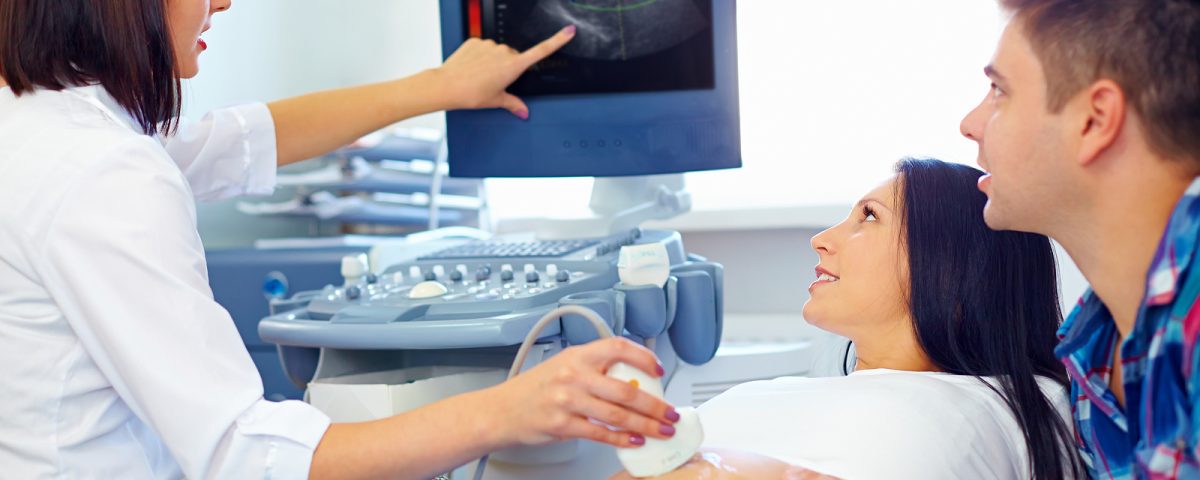5 Common Questions About Ultrasound Exams

Few things in life are as exciting as seeing your “baby” for the first time on the screen at your ultrasound appointment! And hearing her rapid and powerful heartbeat!
For most women, this is a very exciting experience…one that has been anticipated eagerly. A moment to remember forever! Along with the excitement, however, you may have some worries. Is my baby healthy? Is she developing normally? What can the ultrasound tell me?
We’ve rounded up some of the most common questions about ultrasounds in order to help you prepare and relax (because worry isn’t good for you or your baby!):
What is an ultrasound?
During an ultrasound exam, high-frequency sound waves are sent into your uterus. There, they bounce off the fetus’s tissues and echo back. A computer then analyzes the echoes and transforms them into black-and-white images on a monitor.
During an ultrasound exam, a gel is spread on your abdomen to help conduct the sound waves, and the ultrasound technician glides a transducer around your belly while watching and capturing the images. She will often let you know what the images on the screens are, as they may be difficult to make out. She will be taking pictures as well for you and your doctor…some of which she will give you as a “souvenir”.
How many ultrasounds will I need?
This depends on several factors like whether your pregnancy is healthy and straightforward, as well as the particular OB/GYN that is caring for you. Medical practices vary in the number of ultrasounds they recommend. Typically, an ultrasound is given at about 6 – 7 weeks to listen for the heartbeat and to determine the age of the fetus.
At 18-20 weeks, another ultrasound is performed to examine the fetus from head to toe. This is typically a very exciting experience, and usually, the sex can be determined at this point.
What can an ultrasound determine about my baby?
- Health of the baby
- Placenta location
- Amount of amniotic fluid around the baby
- Position of the baby
- Baby’s expected weight
What is a 3D or 4D ultrasound?
These are ultrasounds that show a three-dimensional view of the fetus and produce exceptional clarity, similar to a photograph. A moving picture is referred to as a 4-D ultrasound. They can be useful in detecting birth defects. Some doctors provide these types of ultrasounds at the parents’ request. The FDA and The March of Dimes advise against the use of these ultrasounds (unless medically indicated), because untrained personnel may provide inaccurate or harmful information.
Are ultrasounds safe?
Yes. There are no known risks. However, ultrasounds should not be performed more than is medically necessary.
We hope your ultrasound appointment will be a positive and exciting experience!
